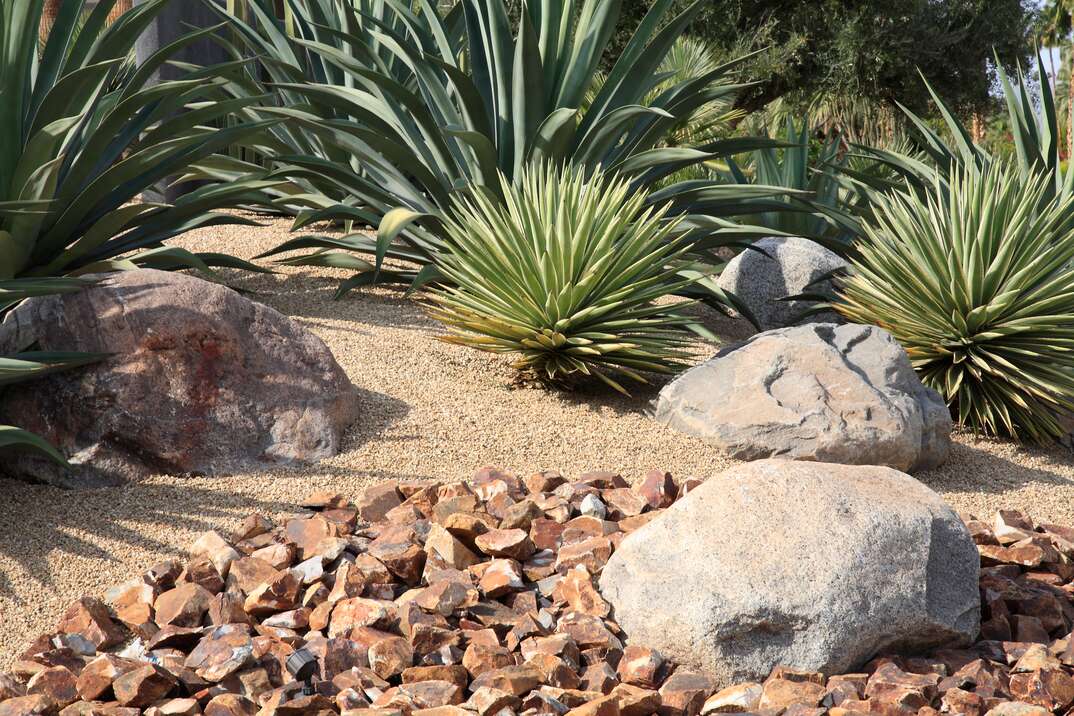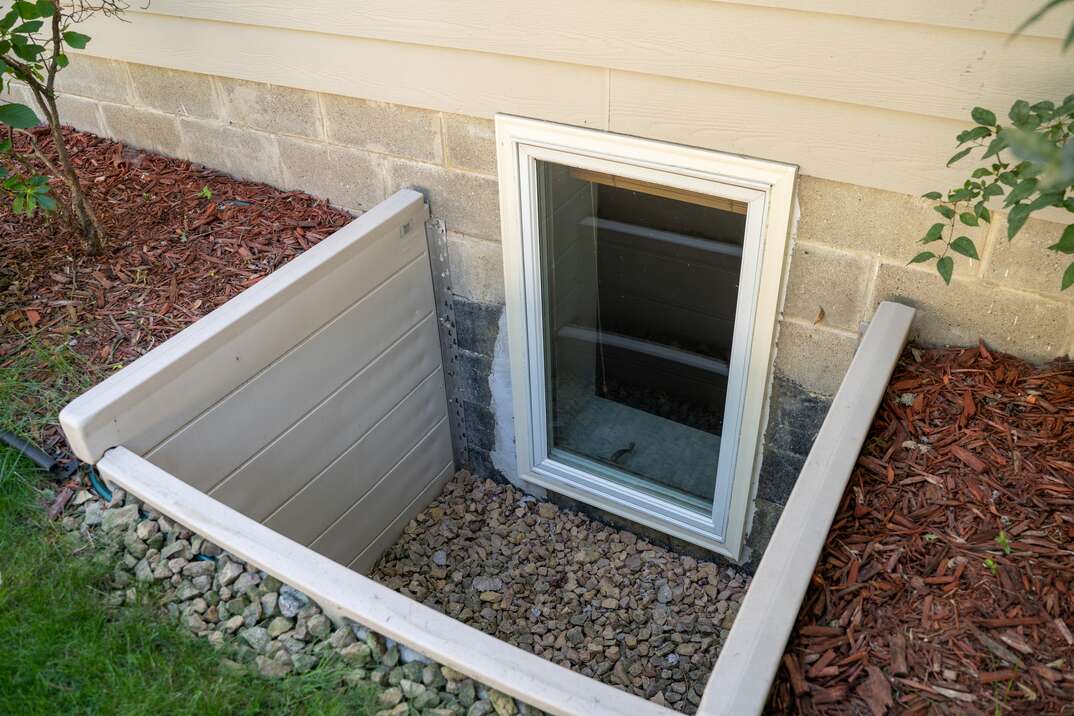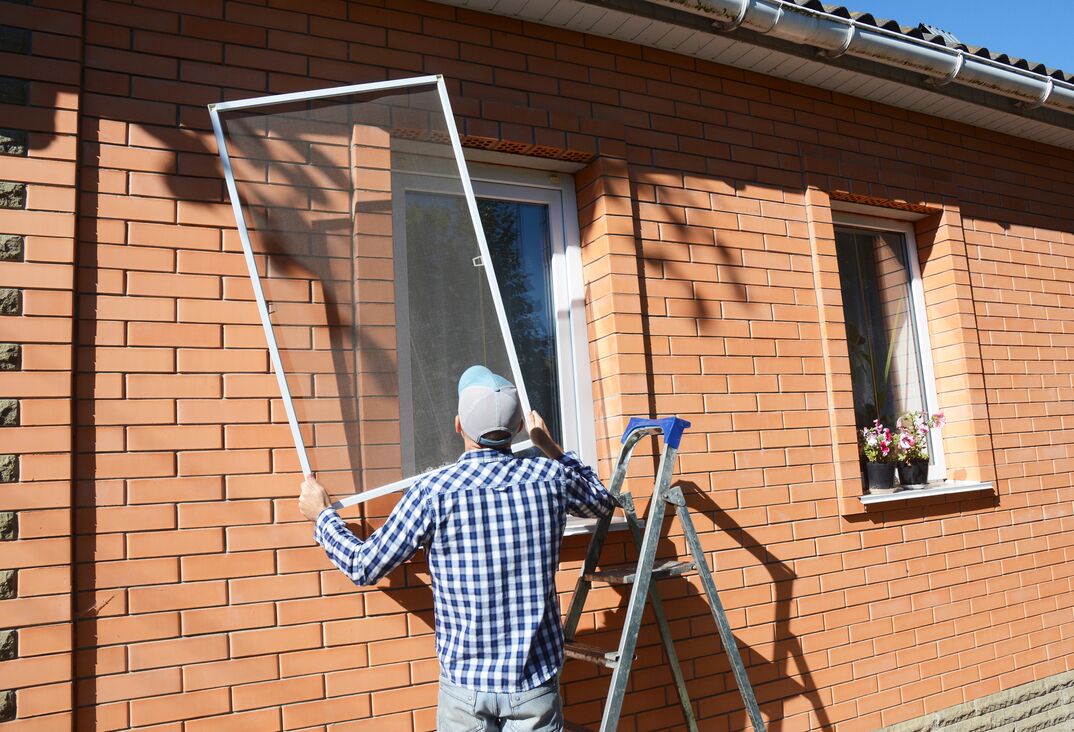What Is Mulch and What Is It Used For?
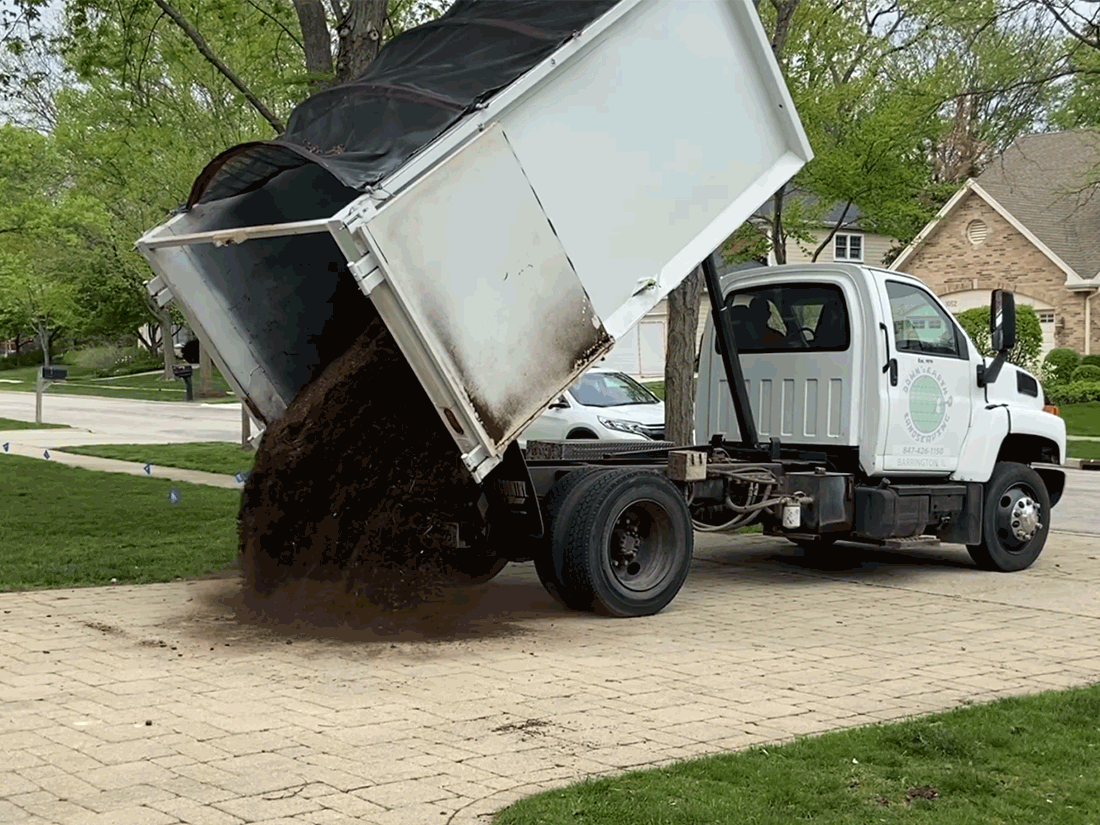
To mulch or not to mulch? That is the question facing many homeowners. Whether you have a landscaped area, bushes, shrubs or a vegetable garden, you've likely asked yourself whether the project is worth it, or if it’s mulch ado about nothing.
This May Also Interest You: Mow Money: Here’s How Much Lawn Care Services Cost
Mulch is readily available at most home improvement stores, but it typically doesn’t come with a set of instructions. If it’s your first time mulching, you may be wondering what type is best and how exactly you’re supposed to use it. Here’s everything you need to know about adding mulch to your lawn and garden maintenance routine.
What Is Mulch Made Out Of?
Mulch is a layer of ground cover that usually goes around plants in gardens and landscaped areas. It's made out of many different materials, but there are two basic types of mulch: organic and inorganic. The best type of mulch depends on what you want the mulch to do for your garden.
Organic Mulch
Organic mulch is made out of materials that used to be living. This includes things like grass clippings, chopped leaves, pine needles, straw and wood chips. Over time, the organic mulch decomposes, improving the soil by increasing its organic content. The drawback is that you have to replace the mulch regularly as it decomposes.
Inorganic Mulch
This type of mulch uses artificial or nonliving materials. Examples include shredded rubber, plastic and stones. Inorganic mulch is more durable and doesn't break down like organic mulch, but it doesn't add any nutrients to the soil.
What’s the Best Type of Mulch?
The best type of mulch depends on what you want in your landscaping. All mulch types help retain moisture in the soil and discourage weed growth. Appearance is often a deciding factor, especially in decorative landscaped areas.
In gardens, organic mulch is often a good choice because it adds nutrients to your plants. Leaves and grass clippings tend to break down faster than wood chips or shredded bark, so they need to be replenished more frequently. Choosing organic materials with larger pieces also slows down the decomposition.
Inorganic mulch is ideal in areas that are difficult to reach or where you don't want to have to replenish the mulch regularly. Rocks and stones soak up heat and can reflect it on nearby plants. In the spring, this can be a benefit since it helps warm up the soil for plants, but it may be too much heat for some plants during summer.
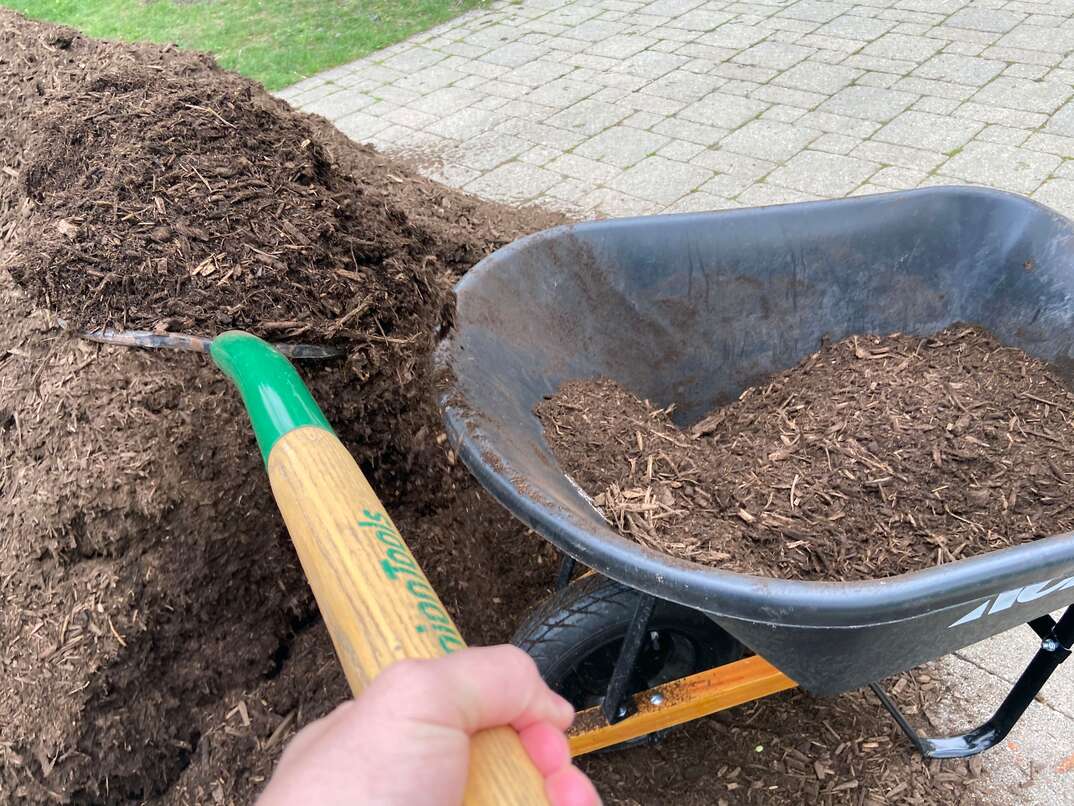 -------------------------------------------
-------------------------------------------
When Should I Use Mulch?
Spring is the best time to mulch your landscaped areas and gardens. Ideally, you want to wait until after the soil starts to warm. If you mulch when it's still cold, it may take the soil longer to warm up. Because most plants require a minimum soil temperature, this can delay your planting time. Add more mulch as your planting beds need it due to decomposition.
More Related Articles:
- How Much Does a Sprinkler System Cost?
- A Grassroots Effort: How to Lay Sod in 4 Steps
- How Much Does Sod Cost to Install?
- Backyard Composting 101
- Basic Lawn Care and Maintenance Tips
Benefits of Mulch
Mulch gives your landscaped areas a clean, consistent look. Along with projects like installing sod and adding decorative plants, mulch can help improve your home's curb appeal. But it benefits your plants in other ways as well, like:
- Retains moisture to reduce your watering needs
- Adds nutrients to the soil for plants when using organic mulch
- Insulates soil to keep it warm in cooler weather and cooler in the summer
- Makes it more difficult for weeds to grow
- Protects against erosion
- Helps repel some insects
Mulching more of your lawn cuts down on how much grass area you have to mow and can reduce lawn care service costs since there's less grass to maintain.
Mulching Tips
Start with a level, weed-free area before laying down the mulch. This gives your mulch a fresh start and helps you maximize the benefits. If you have plants growing in the mulched area, keep the mulch 3 inches or more away from the base of the plants to allow for air circulation while reducing the risk of insect or disease damage.
Most mulched areas benefit from 2 to 4 inches of mulch. If the material is fine, go closer to 2 inches. For coarse mulch, it's often better to go closer to 4 inches. Thicker mulch layers make it difficult for water to reach the soil, suffocate plants and can encourage disease. Thin layers often aren't enough to provide the full benefits.
